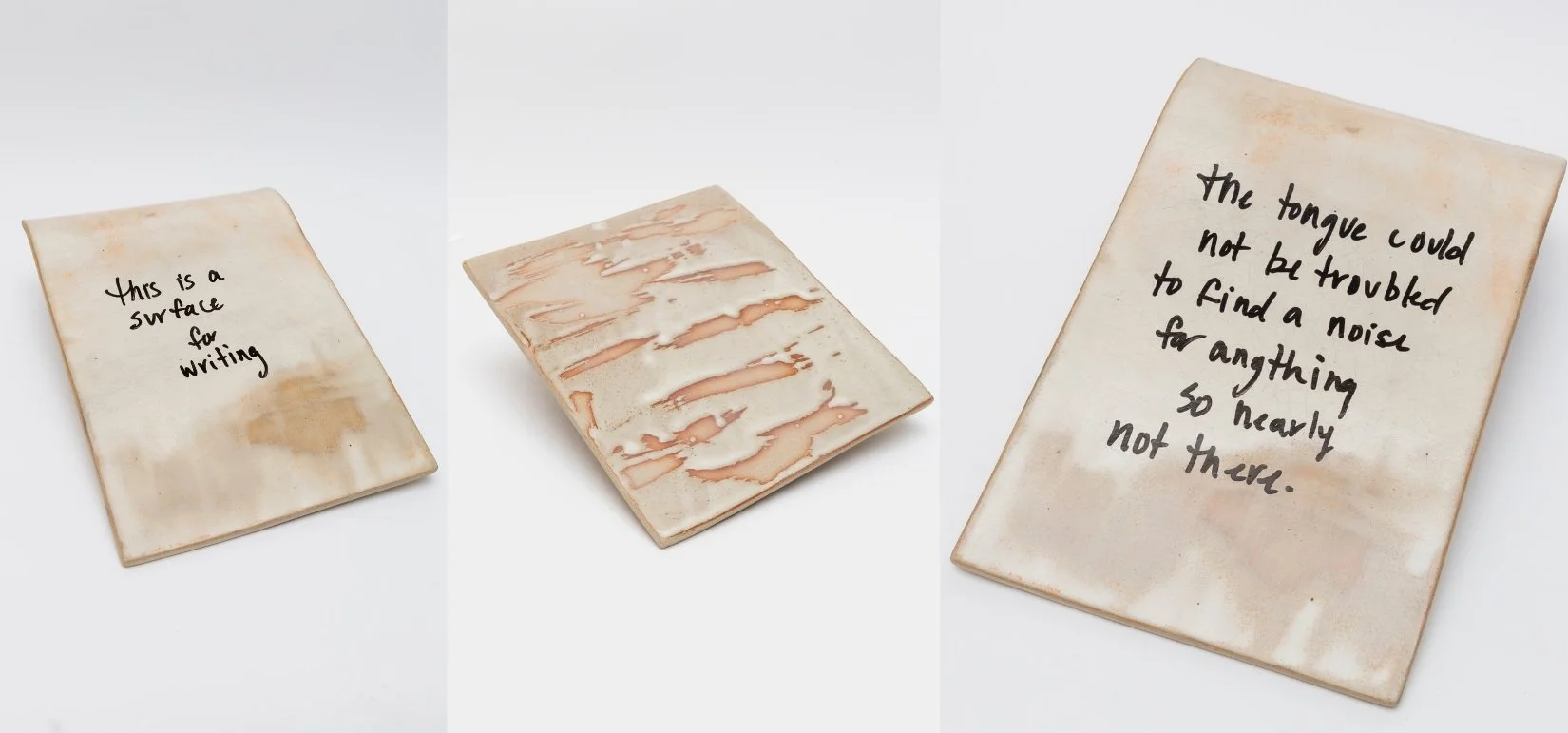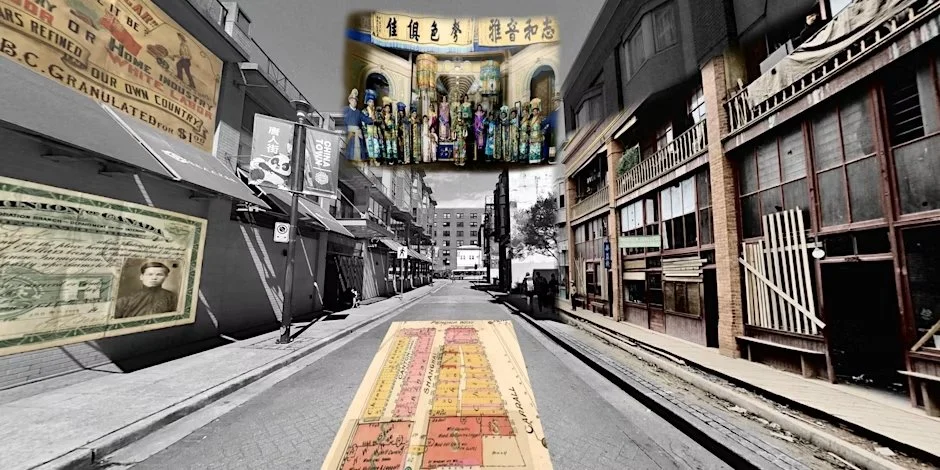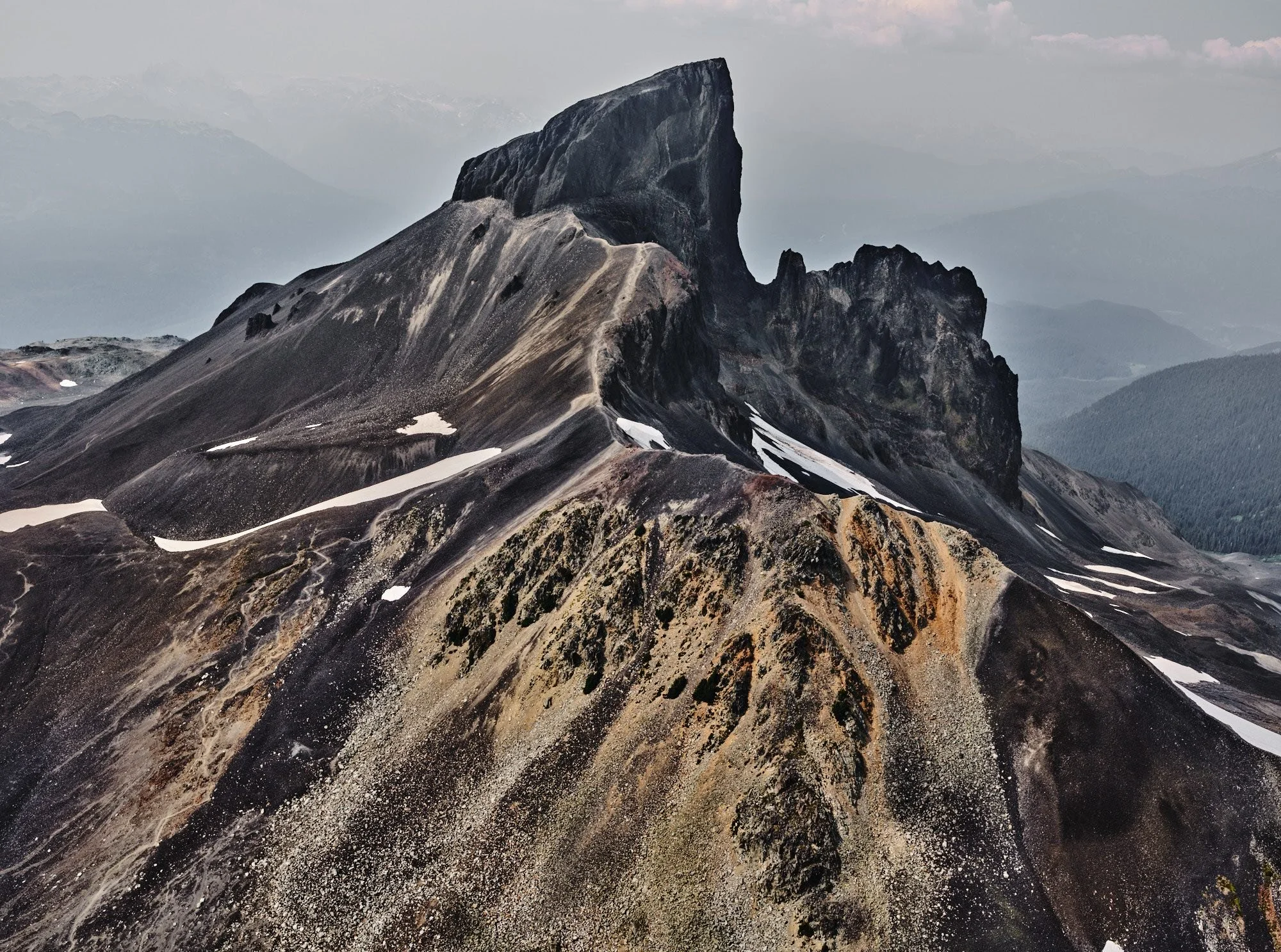Construction hoarding could be turned into artwork, with new Vancouver city-council motion
Coun. Sarah Kirby-Yung’s proposal is inspired by both COVID-shutdown murals and artists’ financial recovery
Artist Frazer Adams’s mural during #MAKEARTWHILEAPART, the public-art initiative during COVID that was part of the inspiration for the new motion.
VANCOUVER CITY Council will consider a motion next week to turn ubiquitous construction hoarding into canvases for art.
NPA Coun. Sarah Kirby-Yung is putting forward the motion at the meeting March 30 with the aims of both beautification and post-pandemic economic recovery for artists.
The motion proposes requiring a percentage of construction hoarding on private property construction and development sites in Vancouver be dedicated to murals and public art. If passed, the motion would require staff to consult with artists and stakeholders such as the Vancouver Mural Festival and business improvement associations by early 2022.
“What’s more perfect than a program that turns our city into an organic, outdoor art gallery?” she told Stir today. “I’ve always loved public art and equally disliked ugly stretches of hoarding. This turns something ugly into something beautiful, offering a new canvas to reflect and support the amazing local artists we have.”
I’ve reached out and connected with a number of developers to get their feedback. The support from industry for this has been really positive; it’s great to see such strong, shared support for our arts community.
Kirby-Yung’s idea takes inspiration in part from the array of storefront hoarding murals that emerged in the city during full COVID-19 lockdown last spring, as part of VMF’s #MAKEARTWHILEAPART.
“As we’ve seen during COVID-19 with storefront hoarding murals, construction hoarding offers a potential new ‘canvas’ for the city’s artists and arts and culture organizations to bring to life in terms of fostering a quality public realm that contributes to engaging, active cultural experiences in our urban spaces,” the lengthy motion states.
"I really appreciated the opportunity to work with the Vancouver Mural Festival in researching this opportunity,” Kirby told Stir. “They’ve done so much to bring more art into our neighbourhoods, including pivoting during the pandemic to keep the art coming and especially supporting BIPOC artists.”
Andrea Curtis, the executive director of VMF, strongly supports the initiative. "We're really excited about the potential for this motion. Any means by which we're supporting Vancouver's enormous community of professional and emerging artists is a win,” she said. “Since beginning our work in murals and public art in 2016, we've seen dramatic transformations in our neighbourhoods and the way in which we engage in public spaces."
Construction hoarding is fencing built to ensure site security and is often used for signage to advertise the project. A City of Vancouver permit is required for all large hoarding signs, with the size determined by a property’s frontage.
“I’ve reached out and connected with a number of developers to get their feedback,” Kirby-Yung said. “The support from industry for this has been really positive; it’s great to see such strong, shared support for our arts community.”
Kirby-Yung cites a public-art initiative launched in 2014 in the City of Toronto, which requires 50 percent of the surface area of construction hoarding along public right of ways to be used for community art. The project operates at no cost to the City, with developers and construction-site owners commissioning local artists—often with the help of intermediary nonprofits like PATCH Hoarding Exhibits, which represents around 150 Toronto artists. The Toronto program includes incentives for developers, such as reducing hoarding permit fees.
At the time of its approval, Toronto city staff argued in a report, “Construction staging areas and associated hoarding have a significant visual impact on the nearby community. The provision of graphic images and/or text – either signs or community art – can make the impact less intrusive, dissuades vandalism in the form of graffiti or illegal postering, and can even beautify the area.”
Reacting today, Downtown Vancouver Business Improvement Association president and CEO Charles Gauthier looked forward to similar benefits here.
“The DVBIA is a huge supporter of public art,” he said. “Last spring, when many street-level businesses had shut their doors during the lockdown, we teamed up with Vancouver Mural Fest to bring colour and vibrancy to the downtown core by facilitating murals on several boarded-up businesses. This seemingly simple project was incredibly impactful, and gave people hope during an otherwise challenging time.
“Murals have also shown to be effective in deterring graffiti, which is often a concern for sites with hoarding,” he added. “We encourage city council to consult with the development community to explore how various funding models, such as community amenity contributions, could support this proposal.”
In her motion, Kirby-Yung stresses the added importance of helping visual artists suffering economically from the pandemic.
“Given the high concentration of artists per capita in Vancouver and the multiple barriers they face to participate in the Vancouver economy, notwithstanding the additional hardships the arts and culture sector has experienced due to COVID-19, a program that would facilitate the use of construction hoarding as a canvas for Public Art could provide a significant and enduring source of income for many artists and creatives living and working in Vancouver,” her motion states.
Kirby-Yung pointed to statistics that Vancouver has the highest concentration of artists per capita of Canada’s major cities, with 8,800 artists making up about two-and-a-half percent of the local labour force.
You can read the motion in its entirety here.














